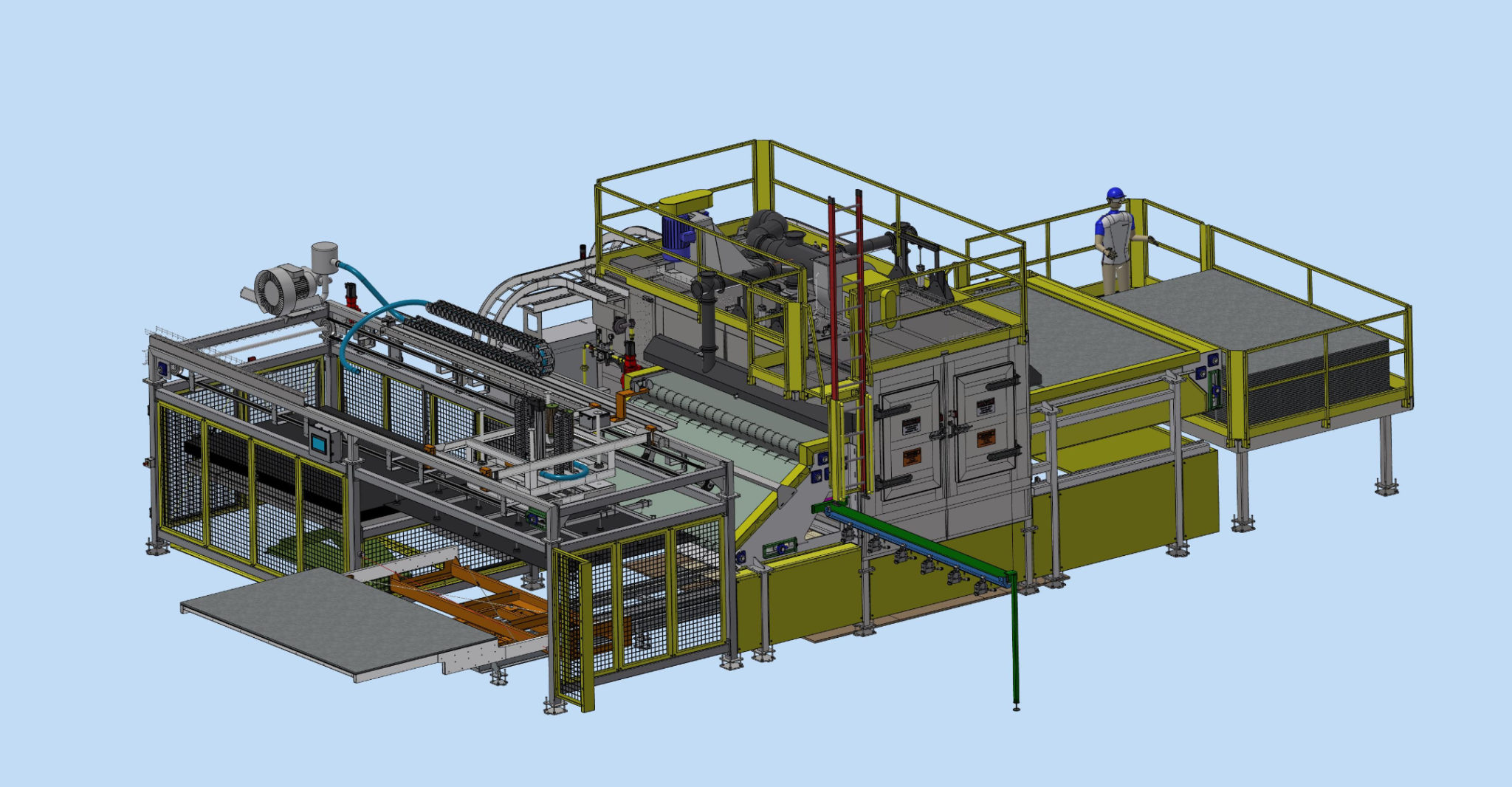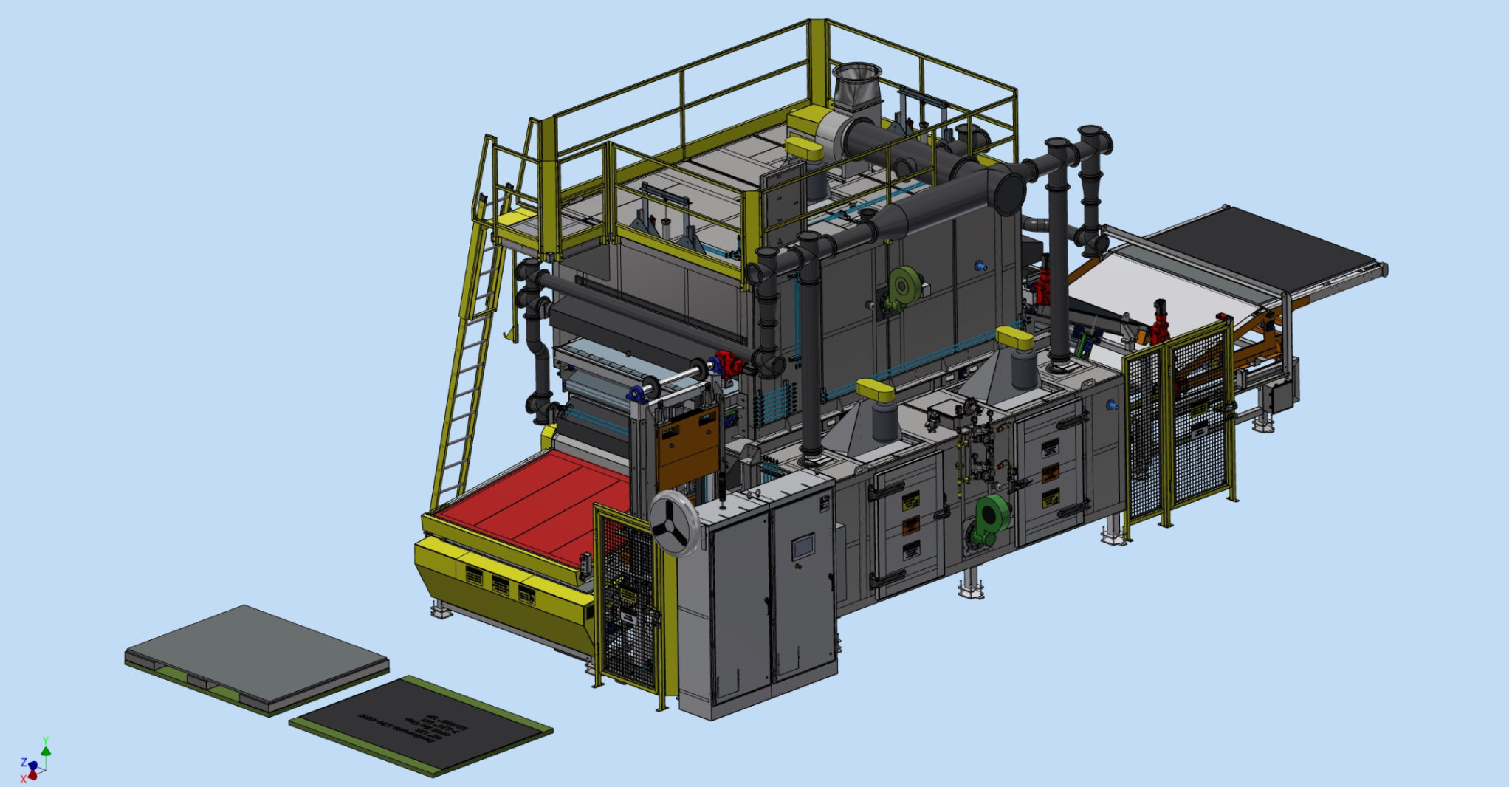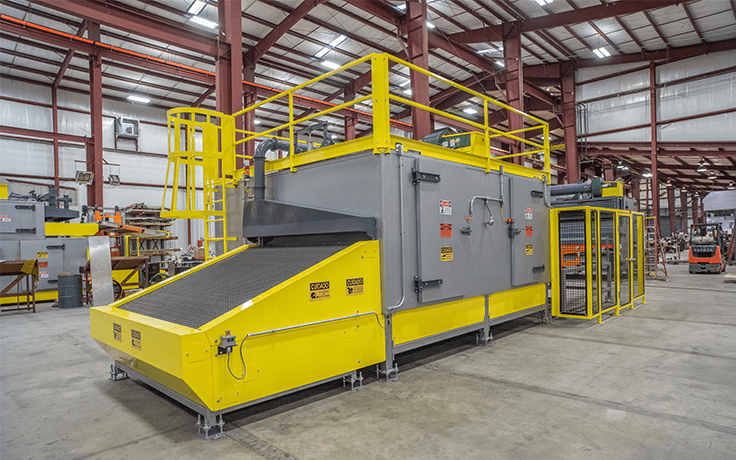3 trends gaining viability in automotive acoustics manufacturing
The automotive industry has always forged ahead rapidly. But now, with a push for electrification of the greater economy and enthusiasm growing for self-driving vehicles, the industry is innovating in even more directions than ever.
Since lightweighting has shifted from shiny new trend to mature manufacturing strategy, automotive acoustics manufacturers today juggle two competing concerns: keeping parts lightweight while also reducing noise, vibration and harshness (NVH).
It’s an exercise of threading the needle as they operate in an atmosphere of constant change while producing products that can outlast any short-lived fads.
Like the T-top.
To succeed, automotive acoustics manufacturers constantly innovate with their own products. Over the last five years, big changes have emerged in the materials used to form automotive acoustics:
- Use of advanced polymers
- Commissioning designer materials for ideal performance
- Acoustic metamaterials for enhanced sound dampening
This discussion provides a bird’s eye view of these trends and explains the role a thermal processing partner must play in ongoing advancement in the automotive acoustics industry.

Advanced polymers and what they’re good for
There was a time when understanding industrial plastics meant reading up on the five or seven different polymers engineers and manufacturers worked with. Those days are gone, and the polymer industry produces new plastics at a remarkable clip.
Polyethylene (PE), for instance, makes up over 30% of the polymer market. But it’s been a long time since PE wasn’t an umbrella term for numerous more advanced products, such as linear low-density polyethylene (LLDPE) which has characteristics suitable for production of films.
Chemists respond faster than ever to the needs of international industrial markets. Foams grow stronger and lighter simultaneously. Copolymers fill the market with options for specific applications with unique material requirements.
Beyond lightweighting and part strengthening, researchers seek high-performance materials that can be manufactured sustainably. Experimentation with biomass-reinforced plastics has already broken into the automotive industry, and biomass material experiments in acoustics display positive results.
The promise of designer polymers and composite materials
In addition to more advanced polymers hitting the wider industrial market, automotive acoustics manufacturers can commission polymers from a whole market’s worth of companies. If you can articulate the traits you need from a material, an expert can design it for you.
Beyond design of polymers at the chemical level, engineers can develop composites to meet stringent and unique requirements. If PE and polyethylene terephthalate (PET) each have some qualities you find useful, a bicomponent fiber built from a combination of the two could deliver high performance. We’ve preheated it before.
And extruded combinations of common plastics aren’t the endpoint of composite innovation. For example, BASF designed and produced a material composed of natural polymers dipped in a plastic resin for Hyundai to use in a lightweight, carbon-free concept car.
As the material design industry grows more and more sophisticated, it isn’t far-fetched to imagine a future where sourcing material means simply sending chemists a laundry list of specs.
Acoustic metamaterials: the tech of the future
An acoustic metamaterial is a material constructed in a pattern designed to block sound at certain frequencies based on the wavelength of that sound. Rather than attempt to achieve strong NVH reduction with a thicker, heavier part, acoustic metamaterials achieve NVH reduction through smart design.
If you have a targeted frequency range of sound to eliminate, you can design an acoustic metamaterial with a corresponding bandgap (or range of frequencies that won’t pass through the material). Engineers and researchers are still learning new ways to widen the bandgap of a single part.
Metamaterials aren’t limited to a certain shape or structure. Common types include locally resonant structures, Helmholtz resonant structures, membrane-type structures and coiled-up space structures. They differ widely in terms of how they are patterned, manufactured and applied.
Plus, the progress made by chemists in designing higher performance materials won’t go to waste as metamaterials become more commercially viable. The developments can work in tandem.
The promise of metamaterials is clear: They can reduce part weight and NVH simultaneously. Automotive manufacturers investing in this technology are realizing a competitive advantage.

How your automotive acoustics thermal processing partner fits in
As the automotive acoustics industry changes, its industrial partners must prove themselves flexible enough to handle shifting demands. Curing a standard automotive carpet or trunk lining today may not look the same as curing a similar product made of a cutting-edge metamaterial in the next couple of years.
At Davron, we see our custom, application-agnostic process as an advantage in a changing landscape. Since we don’t make off-the-shelf equipment, we’re familiar with making things that haven’t been built before. We’ll design for any material (or combination of materials), at any temperature (or combination of temperatures), for any cycle time you need.
The right long-term partner will demonstrate that they can meet entirely original needs and help you solve problems that stem from changes in your own process. If your thermal processing partner can’t keep up, they’ll hold you back.
Need an innovative thermal processing partner?
Send us a sketch of your dream oven (CAD, napkin, whatever works). If you’ve never seen it before, it’s probably our specialty.
